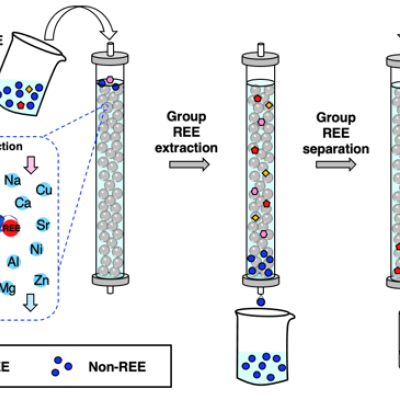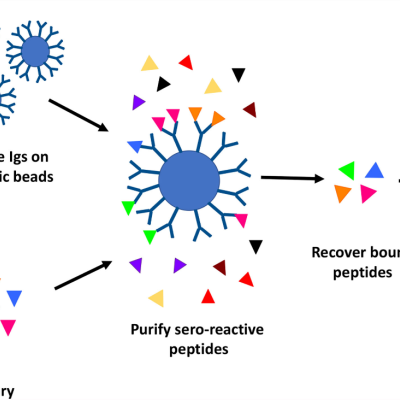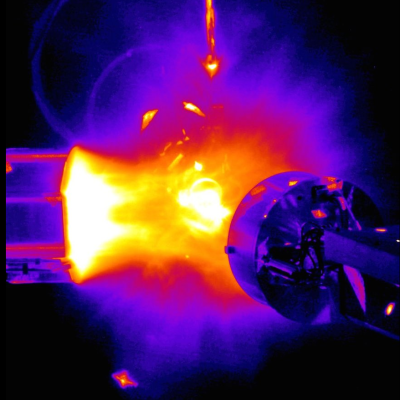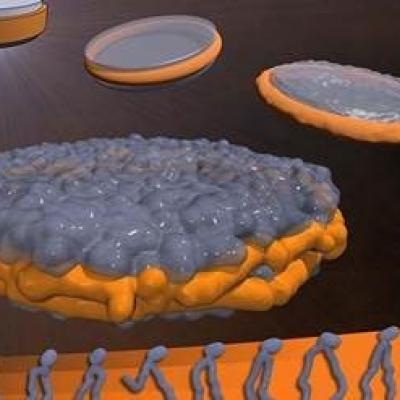As an important step toward overcoming the technical and environmental limitations of current REE processing methods, the LLNL team has patented and demonstrated a biobased, all-aqueous REE extraction and separation scheme using the REE-selective lanmodulin protein. Lanmodulin can be fixed onto porous support materials using thiol-maleimide chemistry, which can enable tandem REE purification…
Keywords
- Show all (99)
- Instrumentation (38)
- Diagnostics (13)
- Electric Grid (8)
- Carbon Utilization (6)
- Therapeutics (5)
- Brain Computer Interface (BCI) (4)
- Materials for Energy Products (4)
- 3D Printing (2)
- Additive Manufacturing (2)
- Direct Air Capture (2)
- Power Electronics (2)
- Rare Earth Elements (REEs) (2)
- Geologic Storage (1)
- Inertial Fusion Energy (IFE) (1)
- Membranes (1)
- Semiconductors (1)
- Spectrometers (1)
- (-) Synthesis and Processing (3)
- (-) Vaccines (2)
- (-) Simulation (1)


LLNL researchers have developed a Li-Sn-Zn ternary alloy and its method of production. Instead of traditional alloying techniques, the alloy was synthesized using mechanical alloying (high energy ball milling). With high purity elemental powders of lithium, tin and zinc, LLNL researchers were able to prepare Li60Sn20Zn20 as well as Li70Sn20Zn10 nanopowders.

CMI—a DOE Energy Innovation Hub—is a public/private partnership led by the Ames Laboratory that brings together the best and brightest research minds from universities, national laboratories (including LLNL), and the private sector to find innovative technology solutions to make better use of materials critical to the success of clean energy technologies as well as develop resilient and secure…

LLNL’s high throughput method involves proteome-wide screening for linear B-cell epitopes using native proteomes isolated from a pathogen of interest and convalescent sera from immunized animals. LLNL researchers have applied their newly developed generalizable screening method to the identification of pathogenic bacteria by screening linear B-cell epitopes in the proteome of Francisella…


LLNL has developed a novel process of production, isolation, characterization, and functional re-constitution of membrane-associated proteins in a single step. In addition, LLNL has developed a colorimetric assay that indicates production, correct folding, and incorporation of bR into soluble nanolipoprotein particles (NLPs).
LLNL has developed an approach, for formation of NLP/…
